Border crossing, at San Ysidro. – A new multi lane entry point for passport control coming from the US into Mexico. We were directed to the large x-ray machine for the truck first, from there we were directed to park at what appeared to be the bus depot, to go inside for immigration and the Banjercito office for vehicle import permit. First you have to get your passport stamped for visitors visa, then go to the Banjercito office to pay for the visitor visa, $30 USD each. Then we had to go and get 2 copies of the visitors visa, to get the vehicle import. This meant we had to walk out into the town to find a photo copier machine. Then come back into the border offices, stand in line again to get the truck import papers. They also require 2 copies of your passport and ownership/ insurance papers, which we had. An easy process after jumping through the hoops. We were given a 10 year temporary import permit. The cost was $52 USD and we didn’t have to pay the $200USD refundable deposit.
Police, Military & Militia. I have to be honest, coming into Mexico I had a preconceived idea that the Police were all corrupt. This is probably from t.v and news media. Today I have a different perspective, of all the roadside police pullovers / roadside checks, not once were we harassed by the police, on the contrary, they were all polite and friendly. I’m sure there are some bad badges out there, but i’m happy to say that many are good. Military, these boys are all in uniform and are heavily armed. We were waved through each roadside security check, usually with a smile. The Militia are local authorities, heavily armed without uniform, riding around in the back of unmarked pick up trucks. Young men in their teens, are stationed along the road at strategic locations ready to protect their home lands from the Cartels.
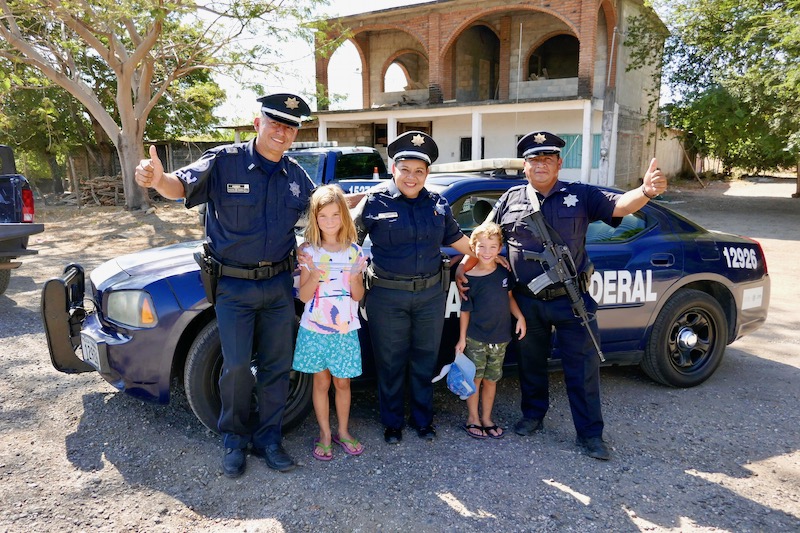
Traffic & Driving rules – rules? what rules?? This seems to vary throughout the country. It’s like ‘locals only knowledge’….. some people stop at red lights – some don’t. Some people give way, most don’t. No one wears seatbelts, nearly every driver is on their cell phone and child seats just don’t seem to exist. Painted lines or lanes are mere guidelines, effectively a 2 lane road becomes 3, the middle lane is the ‘chicken’ lane used for passing. The Mexican people walk slow and drive fast, they stupidly pass on blind corners, or pull in front of us assuming that a 10 tonne truck can stop as quickly as a car. Sadly the roads are lined with memorial markers for those who perished un-timely. Our goal is to be on and off the road early, NEVER drive at night. This avoids wildlife, cattle, cars without headlights and drunk drivers. Ideally a 4 hour driving day is the most comfortable, leaving at 8am gives plenty of time to make little stops along the way and find a good camp spot for the night, or move on if we’re not feeling comfortable.
Topes – (to-pays) AKA ‘Vibradores’ and ‘Reductores’. These middle of the road annoyances are a very effective way of controlling speed and are everywhere, sometimes they are sign posted, many times they aren’t. They come in many different shapes and sizes, some are visibly painted, others hide in the shadows awaiting the next unsuspecting driver. Coincidence or not, but there is usually a mechanic workshop right at each one. In one day the kids counted more than 250 topes crossed!
If asked to describe the driving in Mexico, i’d have to say it’s an experience that requires TOTAL concentration. Bruce is big, 8′ 1.5″ wide with the side mirrors, 12′ tall and 29′ long. Most roads are just 8′ wide, in the Baja there is no shoulder on the raised up roads, so each time we pass another semi-truck I can see Tim hold his breath. There really is no wriggle room, always hoping the wing mirrors aren’t knocked off! If you encounter a truck passing another truck coming towards you, it’s a tense moment, at the end of the day Tim is exhausted. When passing through these little towns we have to be very careful, always assessing our forward path looking for hazards, low slung wires, protruding signs or roof lines, power poles and parked cars all have to be assessed immediately. I think the narrowest streets were in Santo Cristobal. Following the directions on Maps.me, nearly dark, we found ourselves a little pinched for space on a residential street tuned lane. Tires hard up against the 12″ curb and we accidentally gave a parked car a bit of a nudge. Wracked with guilt, and knowing the potential cost we sheepishly pretended it didn’t happen. Thankfully no one said anything, not at all inconspicuous, like a golfball through a garden hose, we inched ourselves along. Speaking to other Overlanders later they couldn’t believe we ventured into that town. In another post I mentioned the power pole incident.
Hazards and washouts, again Tim always has his full attention on the road. Day 1, crossing into Mexico we were caught in a torrential downpour, within minuted the streets were flash flooding, mud slides from all the water. In the mountains in the Chiapas State we came across a section of road that just fell away, instead of repairing, they simply paint a white line around the gap. Another reason to not drive at night.

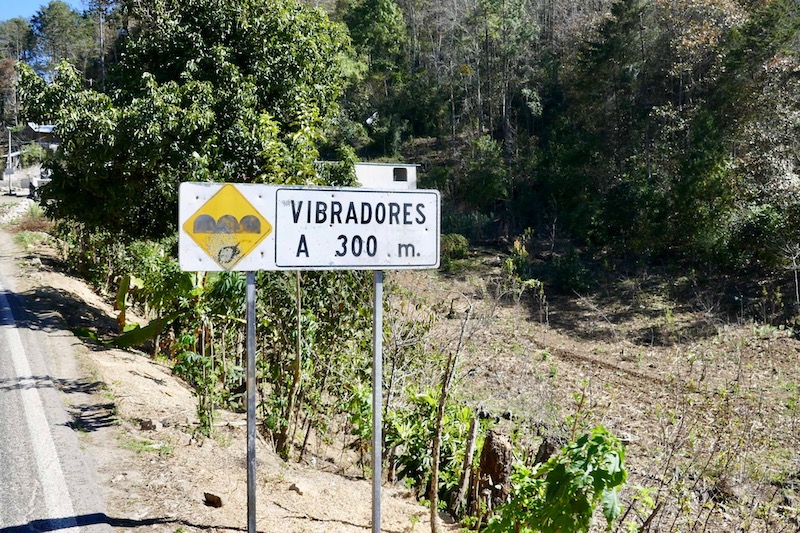
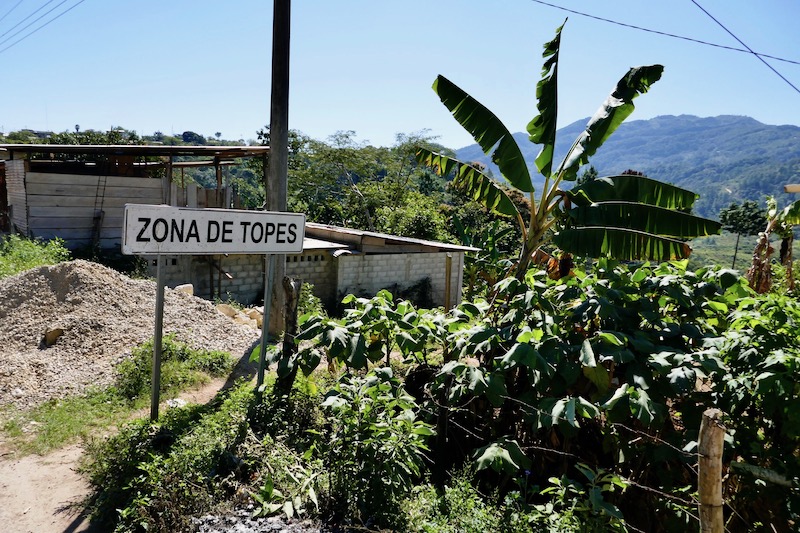
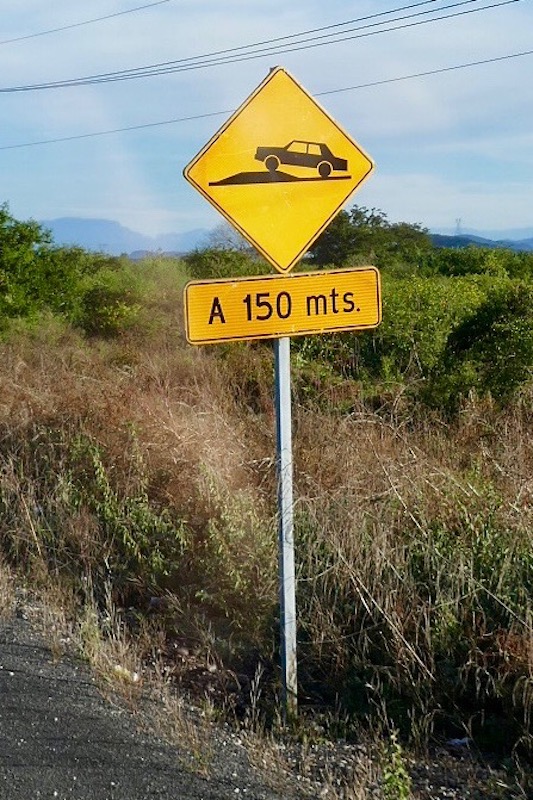
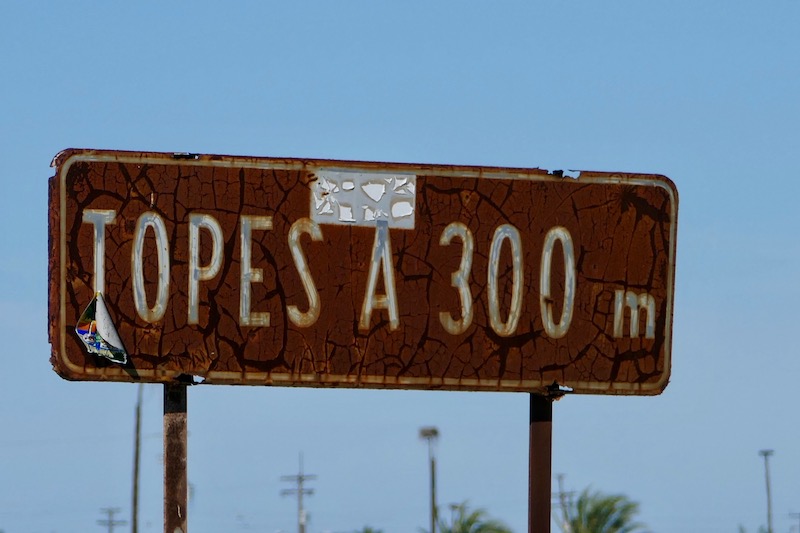
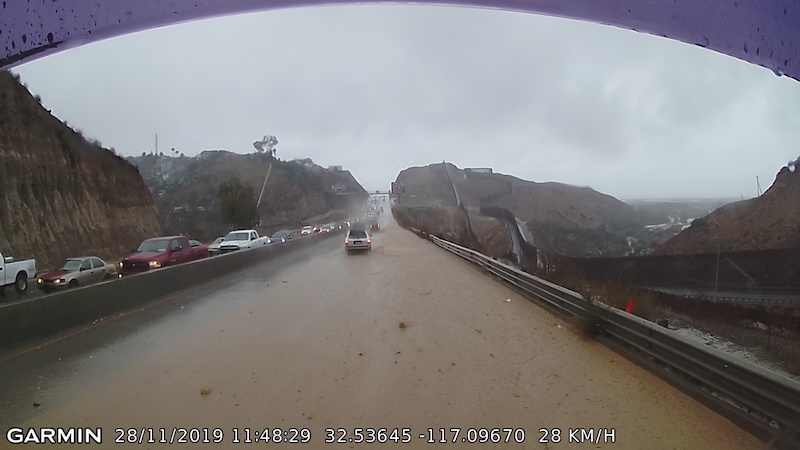
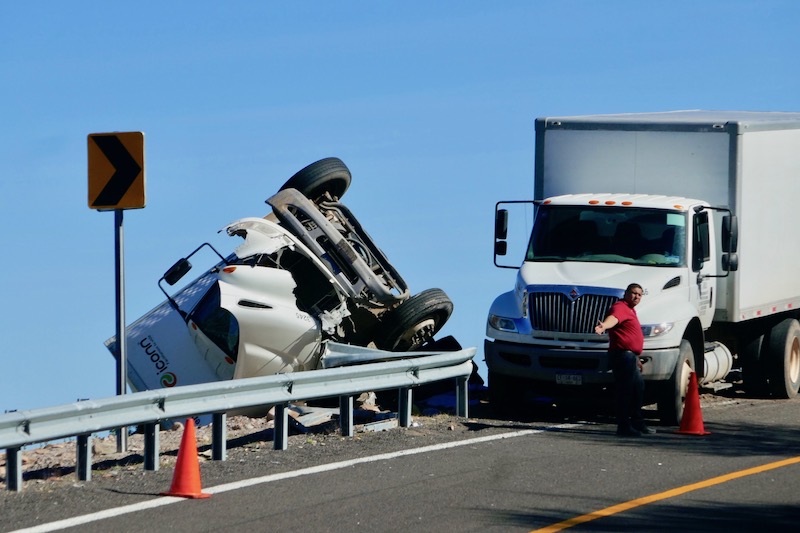
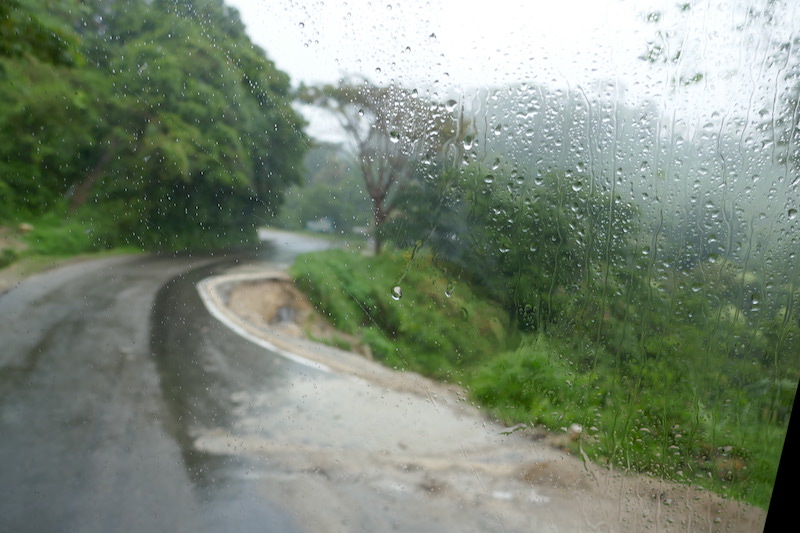
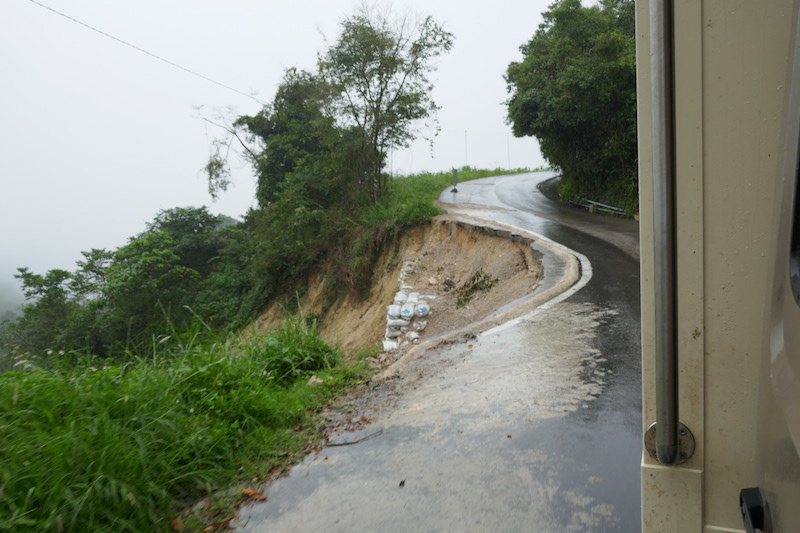
My heart is beating faster, just reading this. Woooow. It’s not easy.
HI TIM, KEN HERE FROM WHISTLER/WINDSOR. MARCH 20
WITH ALL THAT’S GOING ON I WANTED TO REACH OUT AND SEE HOW YOU GUYS WERE DOING? TROY CURRAL LET ME KNOW YOUR HUNKERED DOWN IN HONDURAS:( STAY SAFE!!!!!
KEN / [email protected] / 778-847-3075